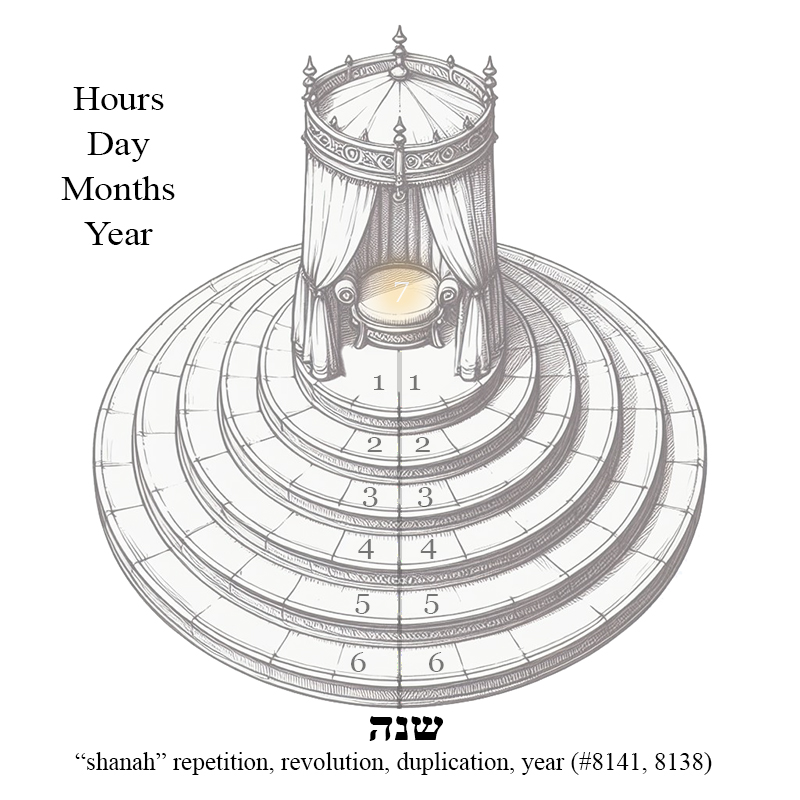 John 11:49
John 11:49

|
Strongs 1520
[list] Λογεῖον Perseus Heis Εἷς One Adj-NMS |
|
Strongs 1161
[list] Λογεῖον Perseus de δέ however Conj |
|
Strongs 5100
[list] Λογεῖον Perseus tis τις anyone IPro-NMS |
|
Strongs 1537
[list] Λογεῖον Perseus ex ἐξ from out Prep |
|
Strongs 846
[list] Λογεῖον Perseus autōn αὐτῶν of themselves PPro-GM3P |
|
Strongs 2533
[list] Λογεῖον Perseus Kaiaphas Καϊάφας Caiaphas N-NMS |
|
Strongs 749
[list] Λογεῖον Perseus archiereus ἀρχιερεὺς high priest N-NMS |
|
Strongs 1510
[list] Λογεῖον Perseus ōn ὢν he who is being V-PPA-NMS |
|
Strongs 3588
[list] Λογεῖον Perseus tou τοῦ the Art-GMS |
|
Strongs 1763
[list] Λογεῖον Perseus eniautou ἐνιαυτοῦ year N-GMS |
|
Strongs 1565
[list] Λογεῖον Perseus ekeinou ἐκείνου that one DPro-GMS |
|
Strongs 2036
[list] Λογεῖον Perseus eipen εἶπεν said V-AIA-3S |
|
Strongs 846
[list] Λογεῖον Perseus autois αὐτοῖς to themselves PPro-DM3P |
|
Strongs 4771
[list] Λογεῖον Perseus Hymeis Ὑμεῖς yourselves PPro-N2P |
|
Strongs 3756
[list] Λογεῖον Perseus ouk οὐκ not Adv |
|
Strongs 1492
[list] Λογεῖον Perseus oidate οἴδατε you have seen V-RIA-2P |
|
Strongs 3762
[list] Λογεῖον Perseus ouden οὐδέν In nothing Adj-ANS |
And a certain one of them, Caiaphas, being chief priest that year, said to them, Ye know nothing,
But a certain one of them, Caiaphas being high priest of that year, said to them, You know nothing,
But one of them, Caiaphas, who was high priest that year, said to them, “You know nothing at all.
Footnotes
| 95 | Strongs NT #2533 Καϊάφα. Caiaphas. The Depresser "supposed by many to be the same as כֵּפָא, a stone, a rock; others more correctly equivalent to כָּיְפָא, depression, Targ. on Proverbs 16:26 (according to Delitzsch (Brief and. Röm. ins Hebrew etc., p. 28) קַיָפָא)" Thayers Greek Lexicon In the Targum, specifically on Proverbs 16:26, the word appears to be associated with the latter meaning, signifying a "depression." Proverbs 16:26 says "for he has pressed/drove down upon himself the mouth." The Hebrew for "pressing/driving" is אכף (akaph). The verb אכף is only found in this verse. In Arabic it came to mean "saddle". Cf. Strongs Hebrew #404. The Targumim are ancient Aramaic translations and interpretations of the Hebrew Bible, originating during the Second Temple period to provide explanations and translations for Aramaic-speaking Jewish communities. These oral traditions were eventually codified into written texts, with Targum Onkelos and Targum Jonathan among the most well-known, believed to have been standardized around the early centuries CE but reflecting much earlier origins. |
| 95b | ἐνιαυτός (eniautos) has two primary senses, stemming from its root and various contexts of use. Initially, it referred to an object with a circular shape, such as a ring-shaped item or specific cup (Ath. 783c). By analogy to its circular form, it later came to mean a periodic cycle of time, often applied to astronomical periods, such as a 600-year cycle (e.g., Metonic cycle in ancient astronomy) or other cosmological cycles (Od. 1.16; DS. 2.47). Most commonly, ἐνιαυτός denotes a year in texts like Homer’s Iliad and Odyssey, where it describes a year’s duration. Notable usages include ἐνιαυτόν ("for a year" or "during one year"), κατ’ ἐνιαυτόν ("annually" or "each year"), and μετὰ τὸν ἐνιαυτόν ("at the end of the year") (Il. 2.295, Xén. Vect. 4.33). The precise etymology remains uncertain, though it may relate to terms denoting spans of years, such as ἔνος (an old word for year) or the idea of recurring time spans (e.g., διετής for two years, τετραετής for four years). (cf. ἐνιαυτός Bailly 2024) |
